At the opening ceremony of the 2025 World Artificial Intelligence Conference and the High-level Meeting on Global Governance of Artificial Intelligence, Premier Li Qiang emphasized the deep integration of artificial intelligence with the real economy, which is increasingly empowering various industries and households, becoming a new engine for economic growth. This aligns with Tesla's slogan presented at their booth, 'AI Creates a Sustainable Era of Prosperity.' Under the theme 'Intelligent Era, Collaborative Future,' this year's conference featured an exhibition area that surpassed 70,000 square meters for the first time, attracting over 800 companies and showcasing more than 3,000 cutting-edge exhibits, including 40 large models, over 50 AI terminal products, 60 smart robots, and more than 100 new products making their global or Chinese debuts. Notably, major automotive companies like Tesla, Li Auto, and Geely, as well as telecom operators such as China Mobile, China Unicom, and China Telecom, showcased the latest AI application solutions across various industries, directly demonstrating the effective transformation of AI in multiple sectors.
Tesla, as a pioneer in the AI industry, showcased its latest achievements including the Cybertruck, Tesla Bot, advanced driver-assistance technologies, and V4 supercharging stations. Tesla's capabilities in intelligent driving are supported by robust computing power, real data, and software. As of Q2 2025, Tesla's Texas Gigafactory added 16,000 H200 GPUs, and the Cortex training cluster's computing power reached 67,000 H100 equivalent units. Tesla's intelligent driving systems have accumulated over 4.5 billion miles (approximately 7.2 billion kilometers) in mileage. The company plans to launch its driver supervision version of the intelligent driving system in China and Europe in 2025, pending regulatory review. By the end of this year, Tesla aims to open its driverless version of the intelligent driving system to individual users in certain U.S. regions, provided all safety measures are in place. Additionally, Tesla's humanoid robot features a design philosophy derived from its vehicles, achieving deep technical integration in AI, learning in simulated environments without the need for additional real data fine-tuning.
Geely Auto, also well-positioned in the AI domain, co-exhibited with its technology ecosystem partner, Leap Astronauts, under the theme 'All-Domain AI, All-Domain Safety.' They presented new products such as the Zeekr 9X, Lynk & Co 10EM-P, Geely Galaxy A7, and M9, along with the Qianli Haohang intelligent driving system and Geely's future mobility constellation outcomes. Geely has completed its all-domain AI layout, launching the industry's first comprehensive AI technology system for intelligent vehicles in January 2025, applying AI across various automotive domains, including architecture, power, chassis, and cabin, as well as product development, manufacturing, and after-sales service. Geely's intelligent safety driving systems and AI technologies are already in mass production, with plans for further advancements in the fourth quarter of this year.
Li Auto introduced its family tech flagship MPV, the Li MEGA, featuring an intelligent agent capable of autonomously understanding goals and executing complex instructions. The company has elevated AI to a strategic level, aiming to become a leading global AI enterprise by 2030, with over 10 billion yuan invested in R&D annually, focusing significantly on AI technologies.
The conference also marked a milestone for Shanghai's intelligent connected vehicle development, as the city issued its first batch of demonstration operation licenses for autonomous vehicles to several leading companies, allowing them to provide driverless ride-hailing services.
In the telecom sector, the three major operators—China Mobile, China Unicom, and China Telecom—showcased AI capabilities, focusing on practical applications across various industries. For instance, China Telecom demonstrated its 'Xingchen Textile Intelligent System' that enhanced production efficiency in textile manufacturing by 20% and achieved a defect detection rate of over 99%. The system is backed by China Telecom's proprietary AI model framework, which includes over 50 industry-specific models.
Siemens publicly unveiled its Industrial Copilot system, which integrates large language models with industry knowledge to autonomously execute complex industrial processes, potentially increasing production efficiency by up to 50%. The system has already been deployed in Siemens' factories and global client projects.
In conclusion, the AI applications showcased at the WAIC 2025 illustrate a rapid transformation across various industries, evolving from point solutions to systemic capabilities, paving the way for smarter, more efficient, and sustainable development in the future.
AI Powers New Era of Economic Growth at 2025 World Artificial Intelligence Conference
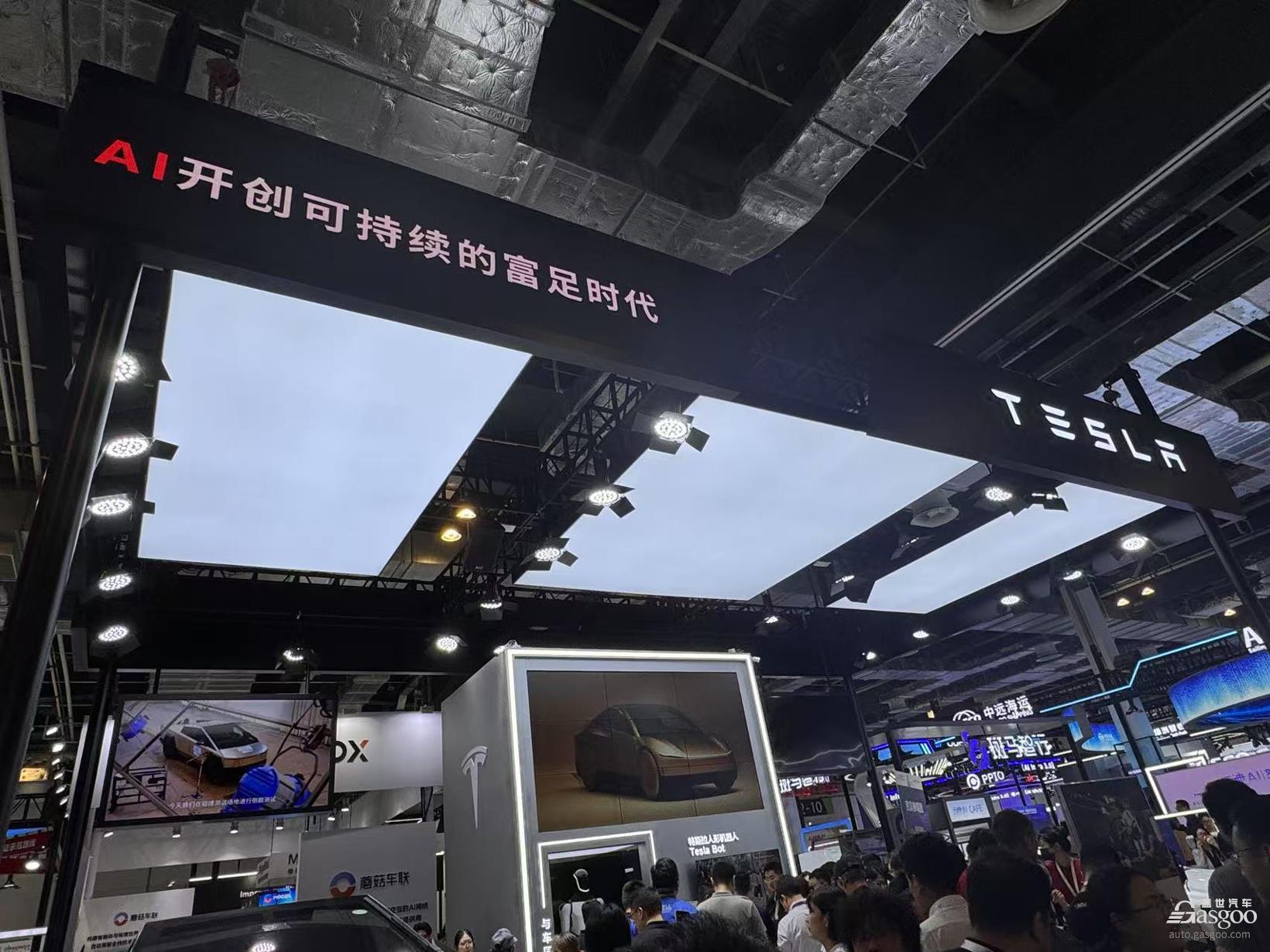
Images
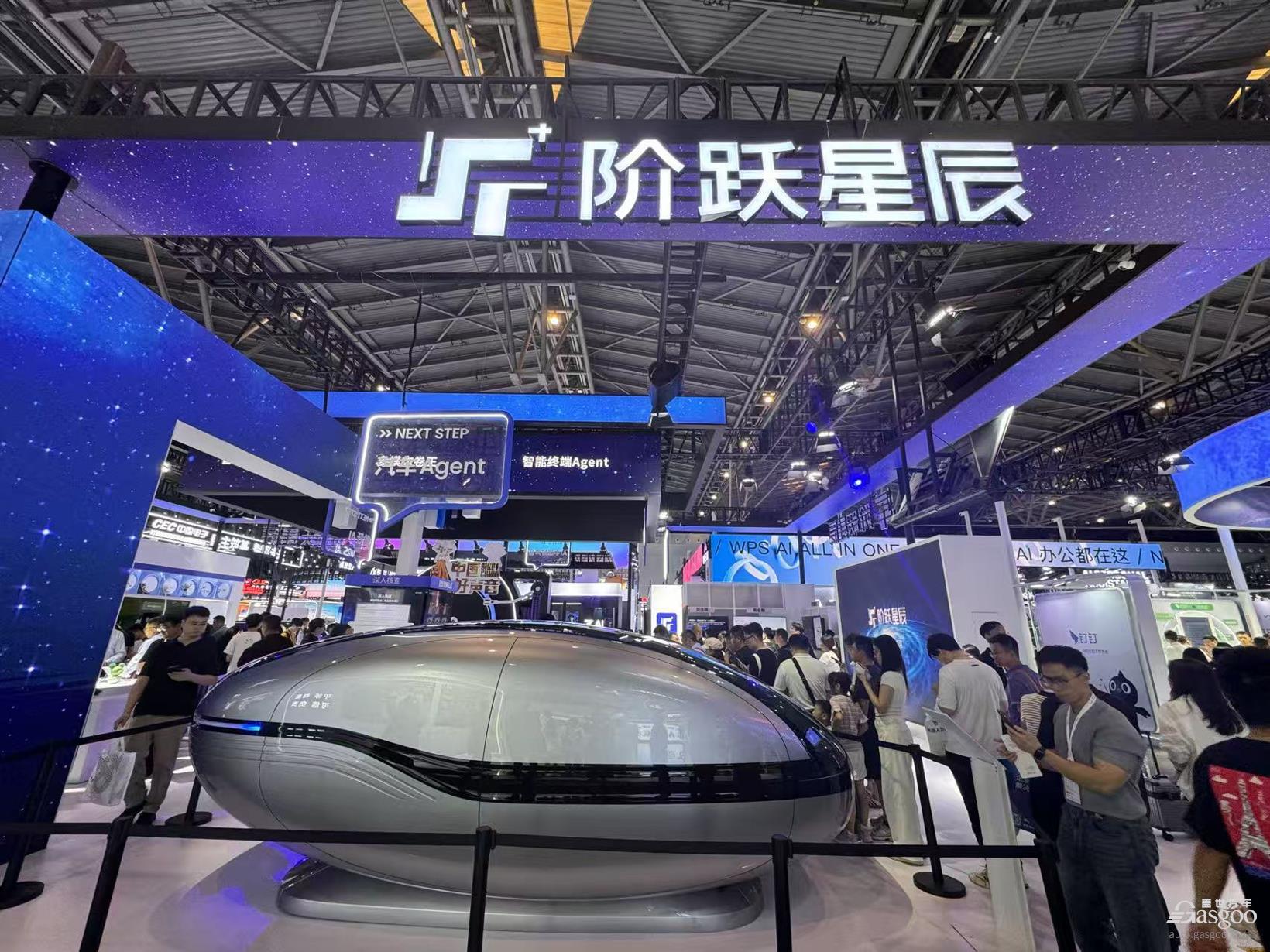
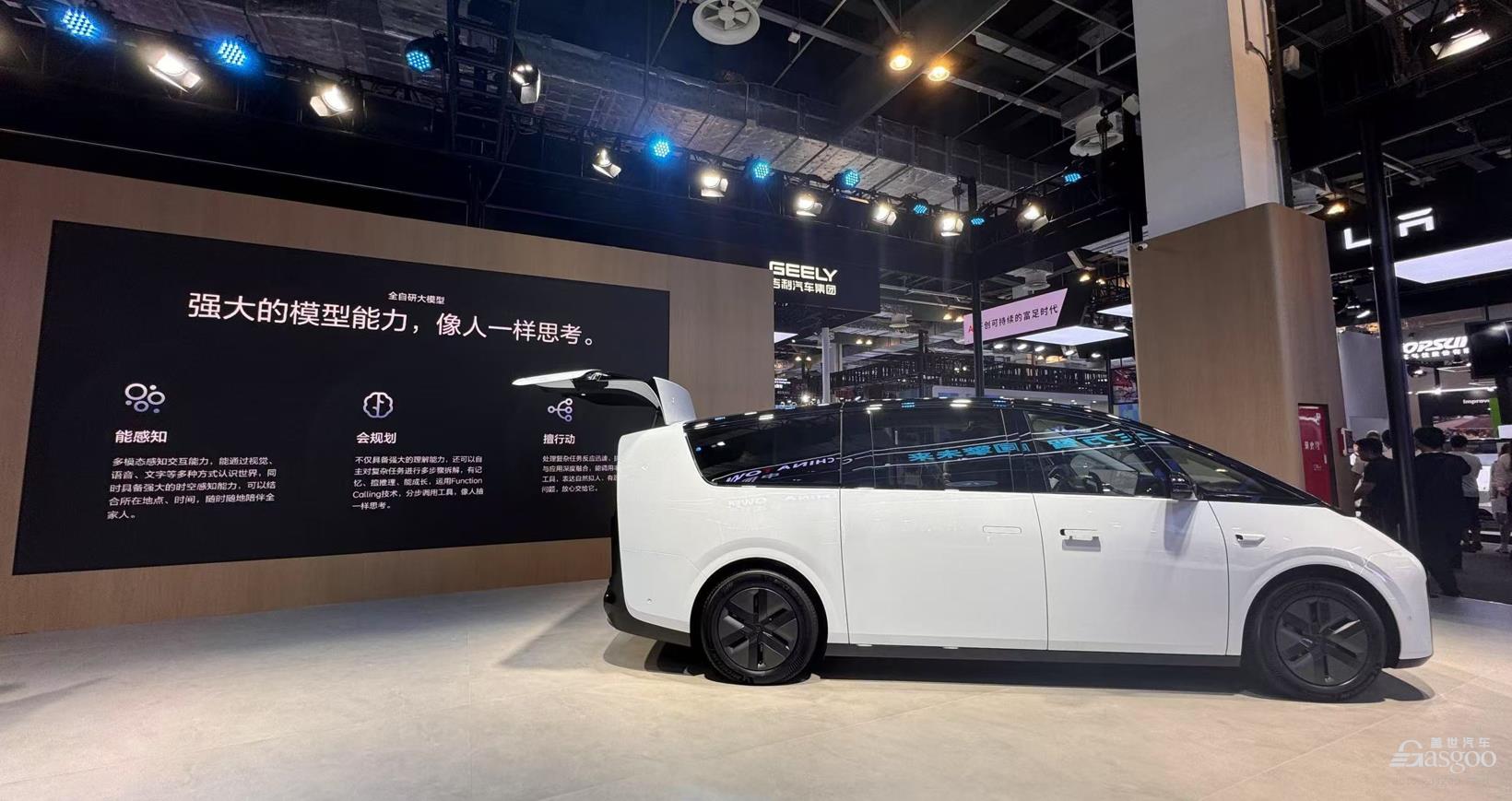
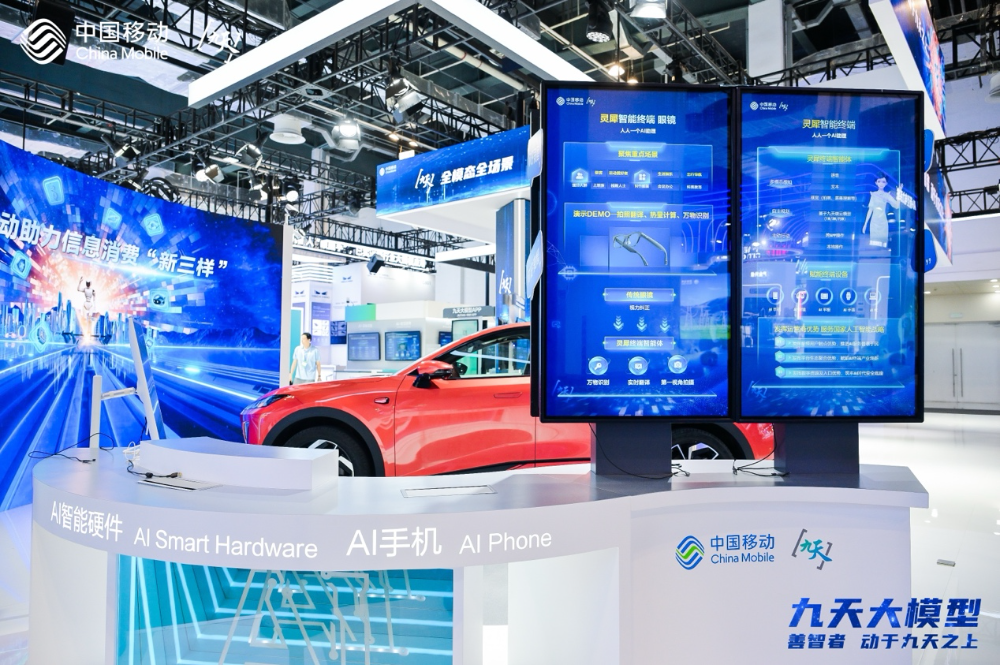
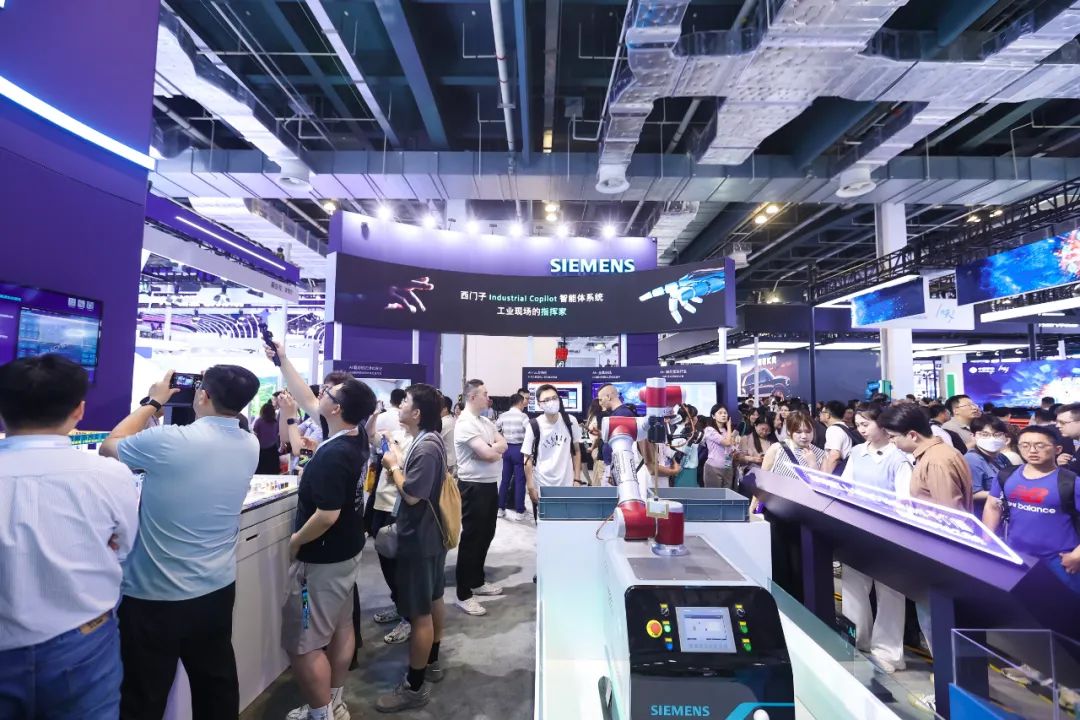
Share this post on: